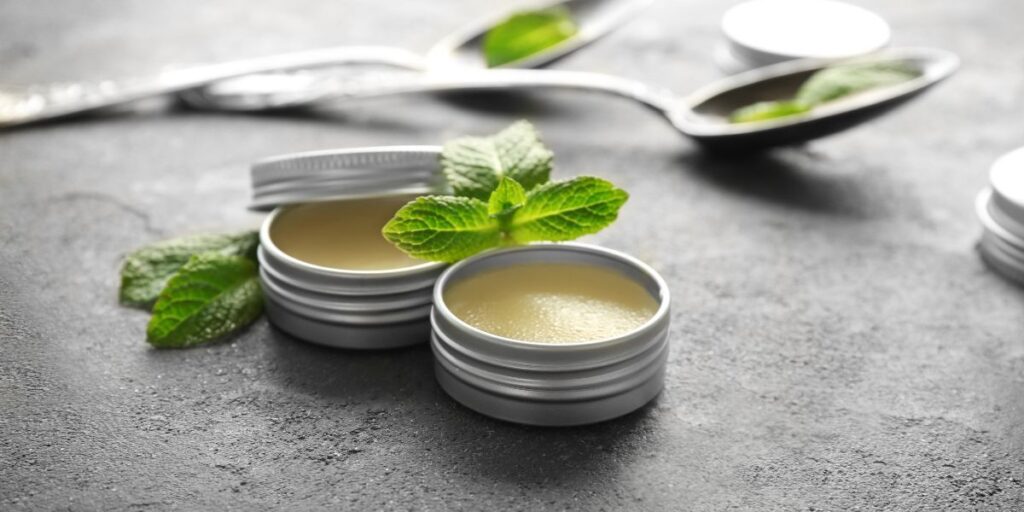Herbal salves are ointments made from plant-based ingredients, oils, and beeswax. They are used to soothe and protect the skin, heal minor wounds, and reduce inflammation. Herbal salves offer a natural alternative to commercial creams and ointments by combining medicinal herbs with moisturizing oils.
This guide explains how to make effective herbal salves, the key ingredients involved, and answers common questions herbal salve recipes.
What Are Herbal Salves?
Herbal salves are topical preparations that blend herbal extracts with a carrier base such as oils and beeswax. These salves are solid at room temperature but melt upon contact with skin, allowing easy application and long-lasting protection.
Key Ingredients for Herbal Salves
- Herbs: Common herbs include calendula, comfrey, lavender, chamomile, and plantain. Each offers specific skin benefits like anti-inflammatory, antiseptic, or healing properties.
- Carrier Oils: Olive oil, coconut oil, jojoba oil, and sweet almond oil are popular choices. They moisturize and support skin absorption.
- Beeswax: Provides structure and a protective barrier on the skin.
- Essential Oils: Optional for fragrance and additional therapeutic effects, such as tea tree or lavender oil.
Basic Herbal Salve Recipe
Ingredients
- 1 cup carrier oil (e.g., olive or coconut oil)
- 1/4 cup dried herbs or 1/2 cup fresh herbs
- 1/4 cup beeswax pellets
- 10-15 drops essential oils (optional)
Instructions
- Infuse the Oil: Gently heat carrier oil and herbs in a double boiler for 2-3 hours on low heat. This extracts herbal properties into the oil.
- Strain: Use a fine mesh or cheesecloth to strain the herb-infused oil, removing all plant material.
- Melt Beeswax: In a double boiler, melt beeswax pellets slowly.
- Combine: Mix the strained herbal oil with melted beeswax while warm. Stir thoroughly.
- Add Essential Oils: Remove from heat and add essential oils if desired.
- Pour and Cool: Pour the mixture into clean jars or tins. Let cool until solid.
Tips for Making Herbal Salves
- Use organic herbs and oils to ensure purity.
- Test salve on a small skin patch to check for allergic reactions.
- Store salves in a cool, dark place to prolong shelf life (up to 6 months).
- Adjust beeswax amount to control salve firmness.
FAQ: Herbal Salve Recipes
How long does homemade herbal salve last?
Properly stored salves last about 6 months to 1 year, depending on ingredients and storage conditions.
Can I use fresh herbs for salves?
Yes. Fresh herbs require more volume than dried. Use twice the amount of fresh herbs for infusion.
What are the best herbs for skin healing?
Calendula, comfrey, chamomile, and plantain are widely used for their healing and soothing properties.
Can herbal salves be used on children?
Most herbal salves are safe, but avoid strong essential oils for young children and always consult a healthcare provider.
Is beeswax necessary in salves?
Beeswax acts as a thickener and barrier, but some recipes use alternatives like candelilla wax for vegan options.
Conclusion
Herbal salve recipes provide a natural, effective way to support skin health and healing. Combining medicinal herbs, nourishing oils, and beeswax creates a versatile product suitable for various skin needs.
Making herbal salves at home allows control over ingredients and customization for specific concerns. Proper preparation, storage, and ingredient choice ensure a high-quality salve that can last up to a year.

